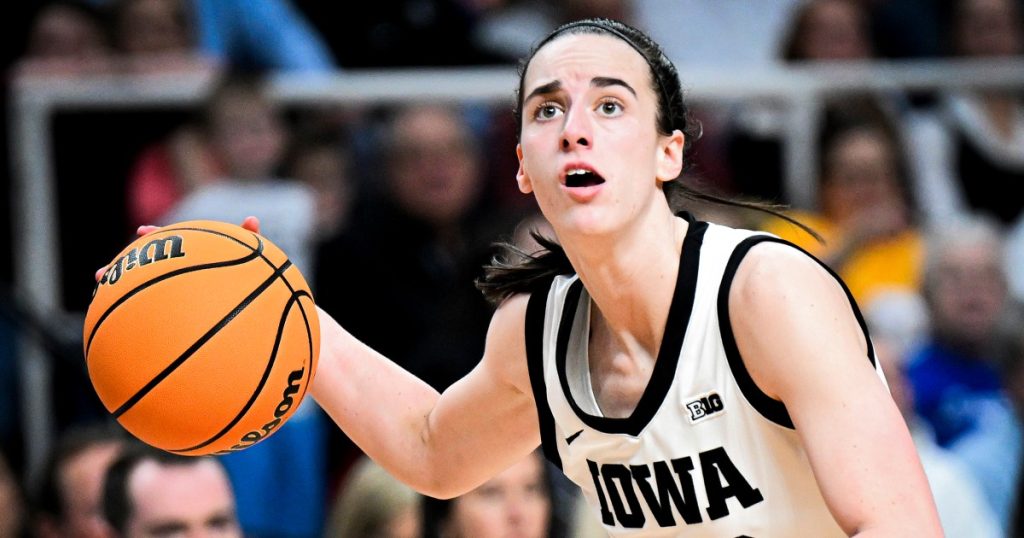The NCAA Women’s Basketball National Championship is generating record-breaking viewership thanks to star players and increased TV coverage. The highly anticipated matchup between No. 1 seeds Iowa and South Carolina is expected to draw ratings well into the double-digit millions. The previous game between Iowa and LSU reached 12.3 million viewers, setting a new record for women’s basketball. Ticket prices for the women’s Final Four are also surpassing those for the men’s, reflecting the growing interest in women’s basketball.
The surge in interest in women’s basketball can be attributed to two main factors: the emergence of new star players, including once-in-a-generation talent, and the increased media coverage these players are receiving. Caitlin Clark, the standout guard from the University of Iowa, has shattered records for scoring in women’s basketball and even surpassed legendary player Pete Maravich as the all-time leading NCAA career scorer earlier this year. As Clark prepares to join the WNBA at the end of the season, other rising stars are poised to continue the momentum for women’s basketball.
Media coverage of women’s basketball has seen a significant shift, with ESPN and ABC adopting a national broadcast format for the women’s tournament, similar to how the men’s tournament is televised. Previously, coverage of women’s basketball had been lacking, but the decision to broadcast games on national networks has expanded the audience for the sport. The increased coverage has coincided with changes in professional eligibility rules, giving women players more time to shine and develop their skills before turning professional.
The women’s game is proving to be more star-driven than the men’s game, with women’s teams producing more consistent and recognizable stars due to the longer eligibility period for female players. While men are eligible to go pro at 19 with one year of college, women must wait until they turn 22, allowing the women’s game to cultivate a deeper pool of talent. This structural difference has contributed to higher ratings for women’s games compared to men’s games, as viewers are drawn to the star power and competitiveness of women’s basketball.
The growth in viewership for women’s basketball is expected to continue beyond this season, setting a new permanent standard for the tournament’s popularity. As star players like Caitlin Clark leave their mark on the college game and move on to the professional level, new talents like Juju Watkins, Lucy Olsen, and Hannah Hidalgo are poised to step into the spotlight. The success of this year’s tournament, driven by star power and increased media coverage, has established a new baseline for viewership, signaling a bright future for women’s basketball on a national stage.


